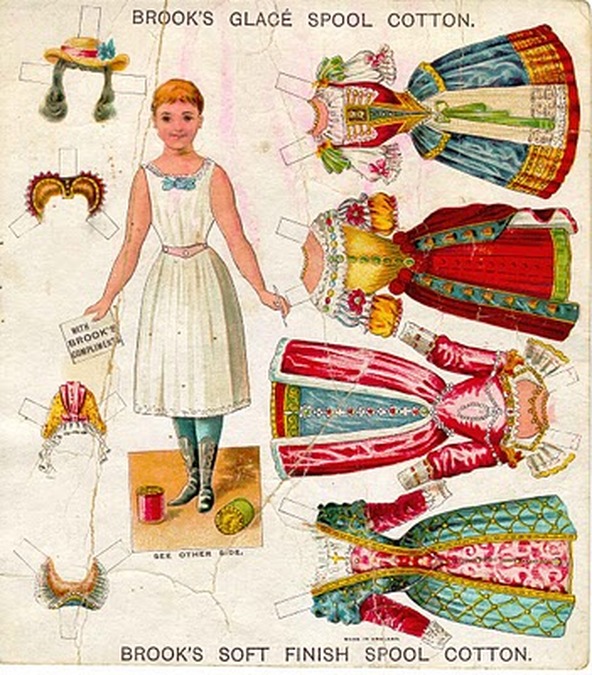|
The Breadcrumbs widget will appear here on the published site.
Long Before BarbieBy Brianna Duff QuailBellMagazine.com When I think of dolls, I think of the array of Barbies, American Girls, and Polly Pockets I played with growing up. They were plastic and usually scuffed, with unruly hair from large amounts of creative play both outside and around the house. These mass-produced dolls with pink, confection-like marketing campaigns are a far cry from the dainty dolls that sat on the shelves of wealthy Victorian girls. This is probably because, before the mid-1800s, dolls weren’t actually children’s playthings. In the earliest years, dolls were actually objects of religious representation or other depictions of spiritual ideals. As the decades progressed, dolls were ornate and allowed woman to refer to them for the style of the time. Rather than being played with, dolls existed only a picture of fashion and were made nearly exclusively for the wealthy. It wasn’t until the Victorian era (mid-to-late 1800s) in England and just after the Civil War in America that dolls really entered into the dominion of the children. In Europe, doll production had drastically changed. Rather than using crude materials, manufacturers in Denmark, France and Germany began producing doll heads made of porcelain and wax. These new materials made lovely, delicate dolls popular in wealthy households.
The dolls were fragile (vastly unlike the Barbies I played with growing up) and had to be handled carefully. They also wore beautiful dresses of taffeta, silk and lace and had hair spun from wool so it felt almost real. Dollhouses in the style of the family’s large estate also became popular, and smaller china dolls were made to live inside. These were very much toys intended for the females of the family as they encouraged preparation for motherhood as well as implied practice in sewing clothes and accessories for the dolls. These domestic duties were particularly enforced with the invention of the baby doll in France; since they were not modeled after adult figures, these porcelain babies gave a stronger appearance of motherhood to young girls. Poor families could also buy dolls and doll furniture, but they were predominately wooden, many even handmade out of clothespins and loose cloth. Paper dolls were also widely accessible in the 19th century. In both England and America, newspapers and magazines hoping to increase circulation included pages of paper dolls to cut out and dress. After the Civil War in America, New England became the leader in doll production. Some produced the same beautiful china dolls as England did, but many mass-produced rag dolls made of leather, cloth and rubber that kept up better and didn’t require the importation of porcelain from over-seas. This rapid production echoed the Industrial Revolution of the era and helped toss America into a period of extremely popular toy production. And of course, that production hasn’t stopped. The familiarity of dolls today is because of that spur in productivity, and because of the availability to the masses, dolls are a far jump from what they were in the Victorian era. CommentsComments are closed.
|
|








